Astronauts reflect on near-disastrous Apollo 13 mission to Moon
It is 50 years since the near-disastrous Apollo 13 mission and though younger generations may think of it as a failure, its astronauts and others regard it as NASA’s finest achievement
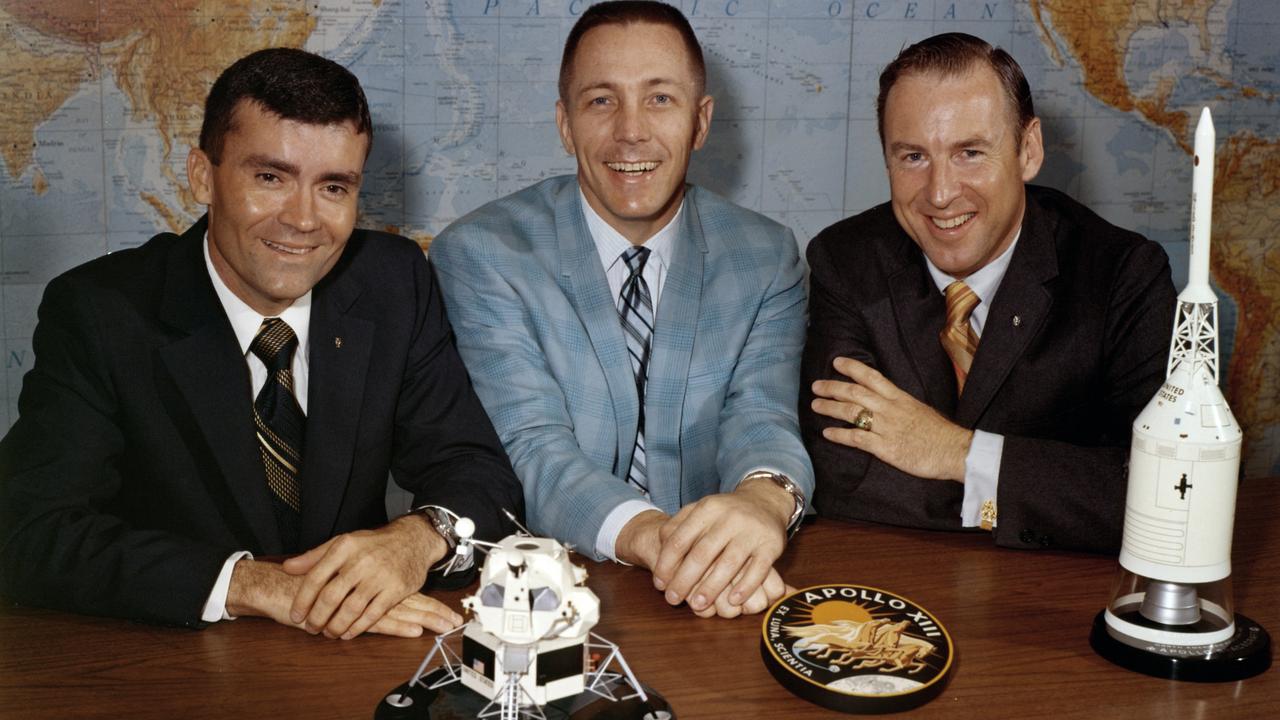
READING LEVEL: ORANGE
It is 50 years since the near-disastrous Apollo 13 mission to the Moon.
And though younger generations may think of Apollo 13 as a failure, the astronauts who were on the mission still consider the abandoned trip a success.
Many more regard it as NASA Mission Control’s finest achievement.
Astronauts Jim Lovell and Fred Haise are still able to talk about the drama that inspired a Hollywood movie, although the third crew member, Jack Swigert, died in 1982.
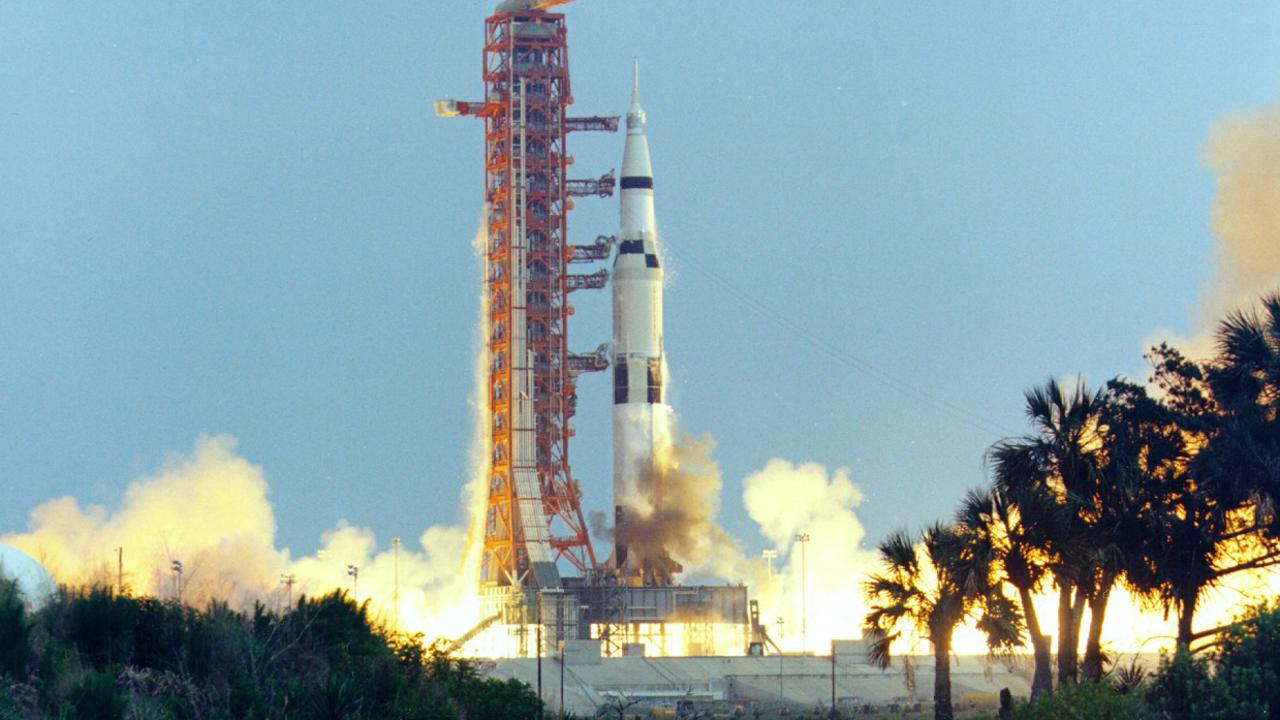
One of Apollo 13’s oxygen tanks ruptured* on April 13 and the crew never made it to the Moon, though Lovell and Haise insist they are not superstitious*. Both use 13 in their email addresses.
“I’m still alive. As long as I can keep breathing, I’m good,” mission commander Lovell, now 92, said from his home at Lake Forest, Illinois, US.
Lovell calls the mission “a miraculous* recovery”.
Haise, like so many others, regards it as NASA’s most successful failure.
“It was a great mission,” Haise, 86, said.
It showed “what can be done if people use their minds and a little ingenuity*”.
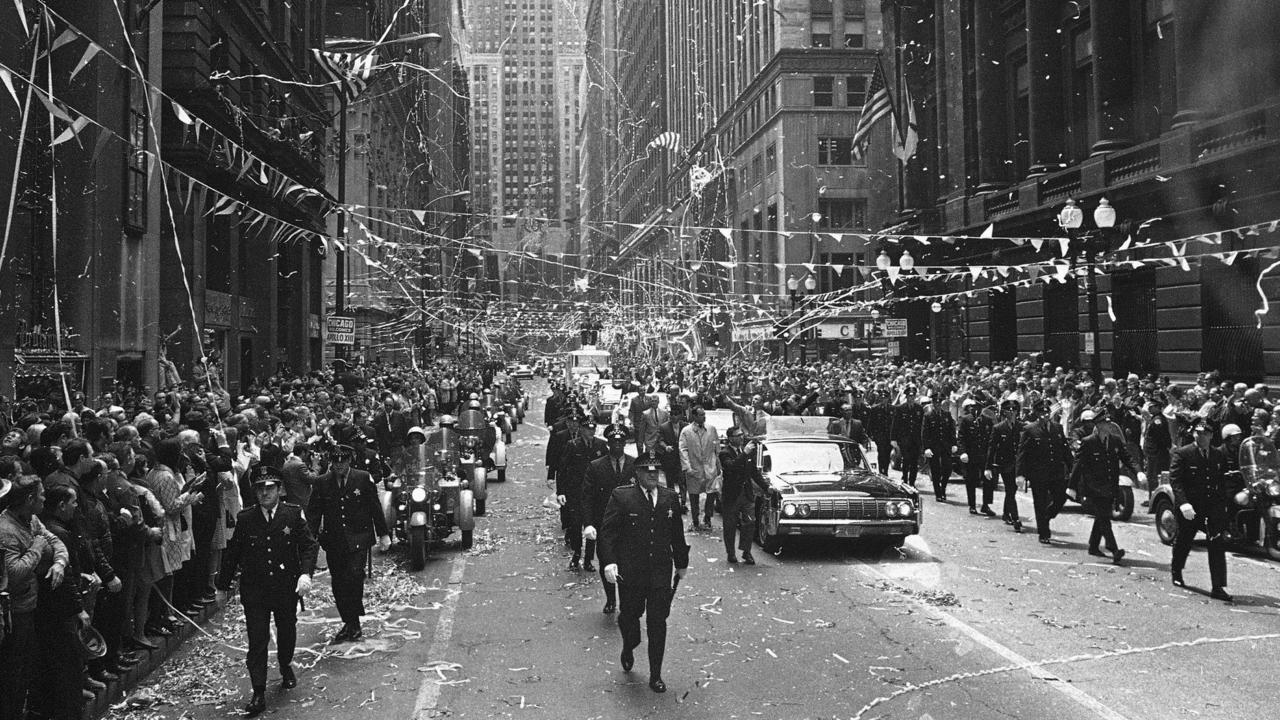
As the lunar module pilot, Haise would have become the sixth man to walk on the Moon, following Lovell onto the dusty grey surface.
The oxygen tank explosion robbed them of the moon landing, which would have been NASA’s third, nine months after Apollo 11’s Neil Armstrong and Buzz Aldrin took humanity’s first footsteps on the Moon.
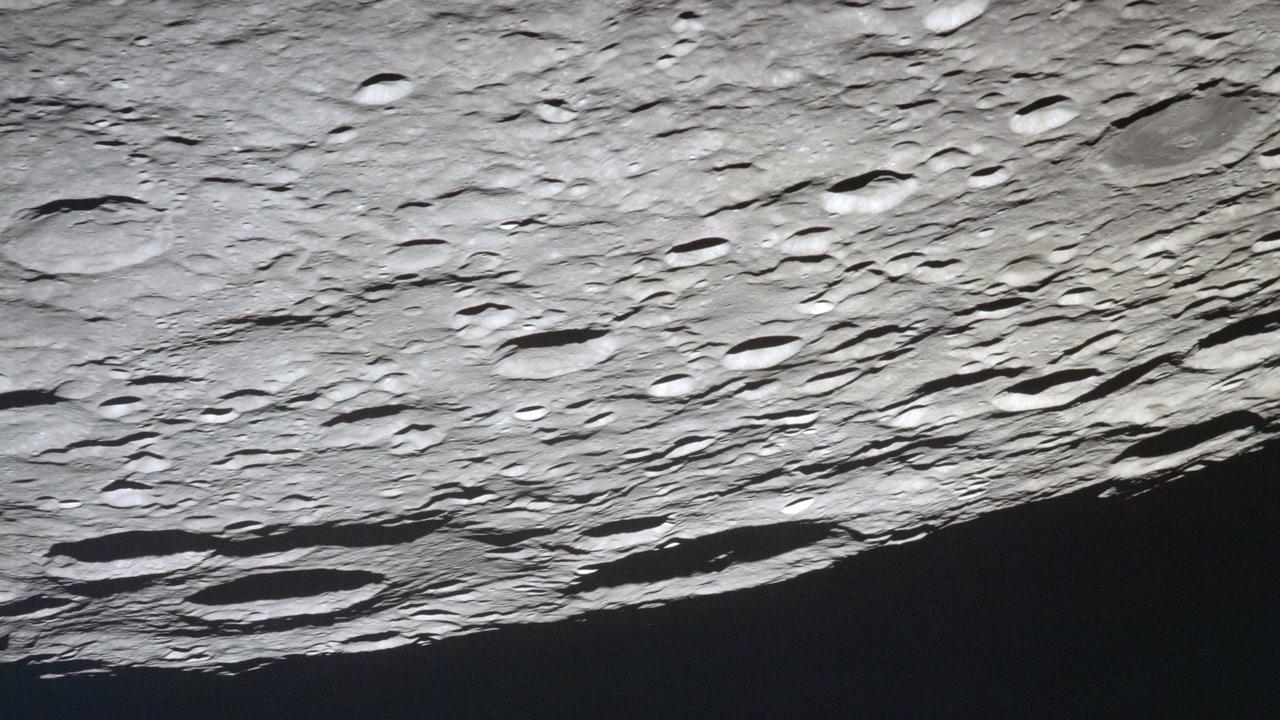
Now the COVID-19 pandemic has robbed them of their anniversary celebrations.
Festivities are on hold, including at Kennedy Space Centre in Florida, US, where the mission began on April 11, 1970, a Saturday just like this year.
Lovell, Haise and Swigert, a last-minute replacement, were almost to the Moon when they heard a bang and felt a shudder.
One-of-two oxygen tanks had burst in the spacecraft’s service module.
The tense words that followed are the stuff of space, and movie, fame.
“OK, Houston, we’ve had a problem here,” radioed Swigert, the command module pilot.
“This is Houston. Say again, please.”
“Houston, we’ve had a problem,” Lovell cut in.
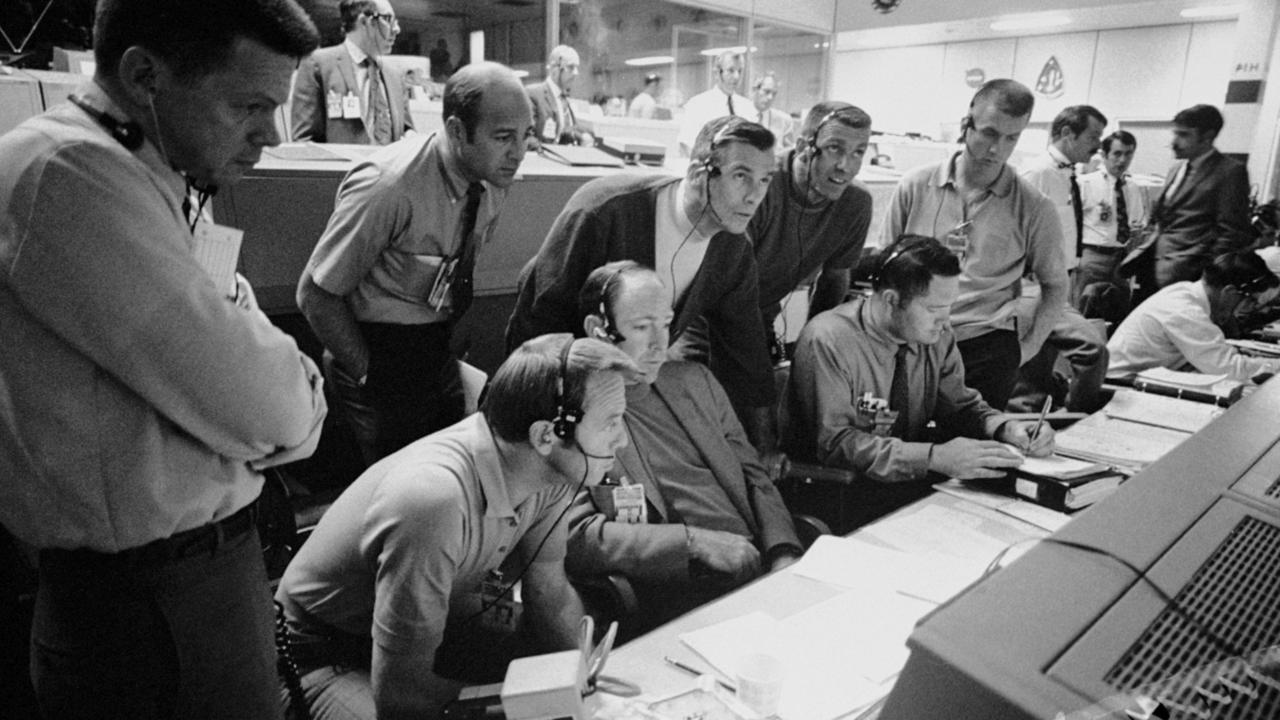
Lovell reported a sudden voltage* drop in one of the two main electrical circuits.
Houston’s Mission Control saw pressure readings for the damaged oxygen tank plunge to zero.
The blast also knocked out two electrical power-generating fuel cells and damaged the third.
As Lovell peered out the window and saw oxygen escaping into the black void*, he knew his Moon landing was also slipping away.
“Not landing on the Moon or dying in space are two different things,” Lovell explained, “and so we forgot about landing on the Moon.
“This was one of survival. How do we get home?”
The astronauts were 321,869km from Earth.
“The explosion could not have happened at a better time,” Lovell said.
Much earlier, he said, and the astronauts wouldn’t have had enough electrical power to make it around the Moon and slingshot back to Earth for a splashdown.
A blast in lunar orbit or, worse still, while Lovell and Haise were on the surface, “that would be the end of it”.
“I think we had some divine* help in this flight,” Lovell said.
The abandoned mission went from being so humdrum* that none of the major TV networks broadcast the astronauts’ show-and-tell minutes before the explosion, to a life-and-death drama gripping the entire world.
As flight director Gene Kranz and his team in Houston raced to come up with a rescue plan, the astronauts kept their cool.
Dark thoughts “always raced through our minds, but silently. We didn’t talk about that”, Lovell said.
Haise: “We never hit the point where there was nothing left to do. So, no, we never got to a point where we said, ‘Well, we’re going to die.’”
In Kranz’s mind, there was no doubt, no room for failure – only success.
“Basically that was the name of the game: I’m going to get them home. My team’s going to get them home. We will get them home,” Kranz recalled.
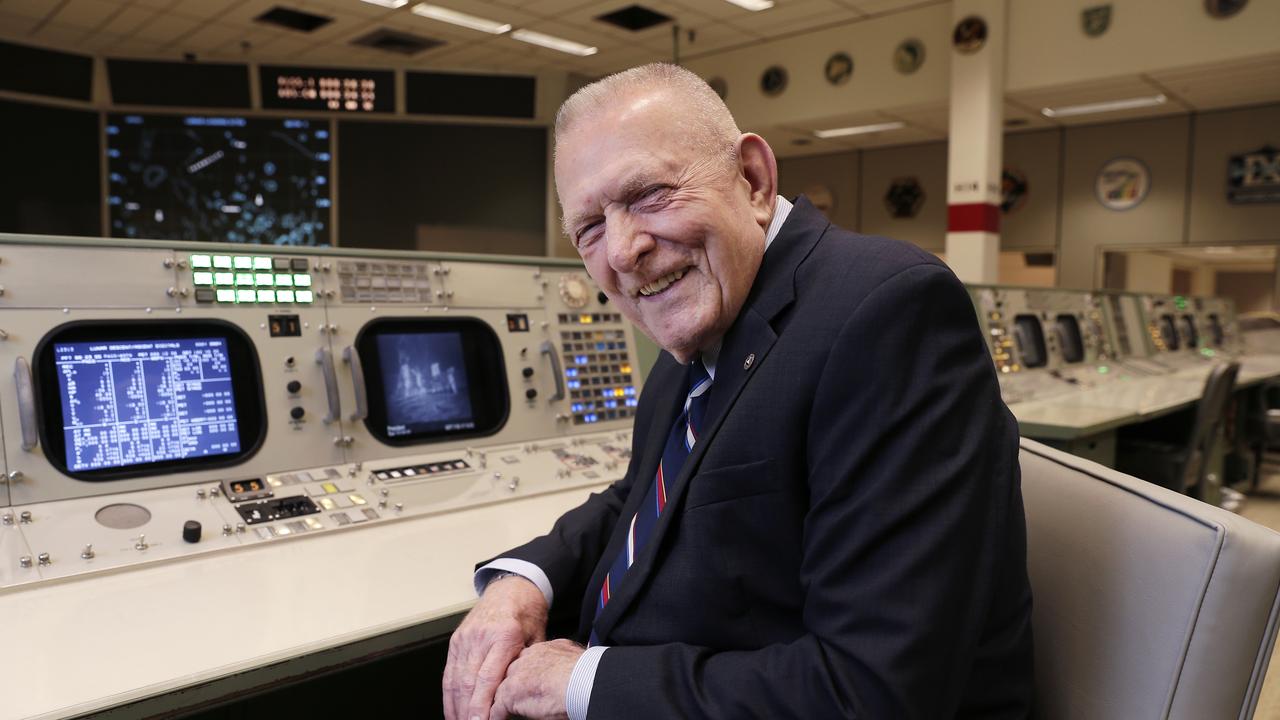
For the record, Kranz never uttered “failure is not an option”.
The line was created for the 1995 movie Apollo 13 starring Ed Harris as Kranz and Tom Hanks as Lovell.
The flight controllers went into crisis mode.
They immediately ordered the command module Odyssey shut down to conserve what little power remained, and the astronauts to move into the lunar module Aquarius, now a lifeboat where the carbon dioxide overload, from breathing, threatened to kill them.
Engineers scrambled to figure out how to convert the square air-purifying canisters in the dead capsule into round ones that would fit in their temporary home.
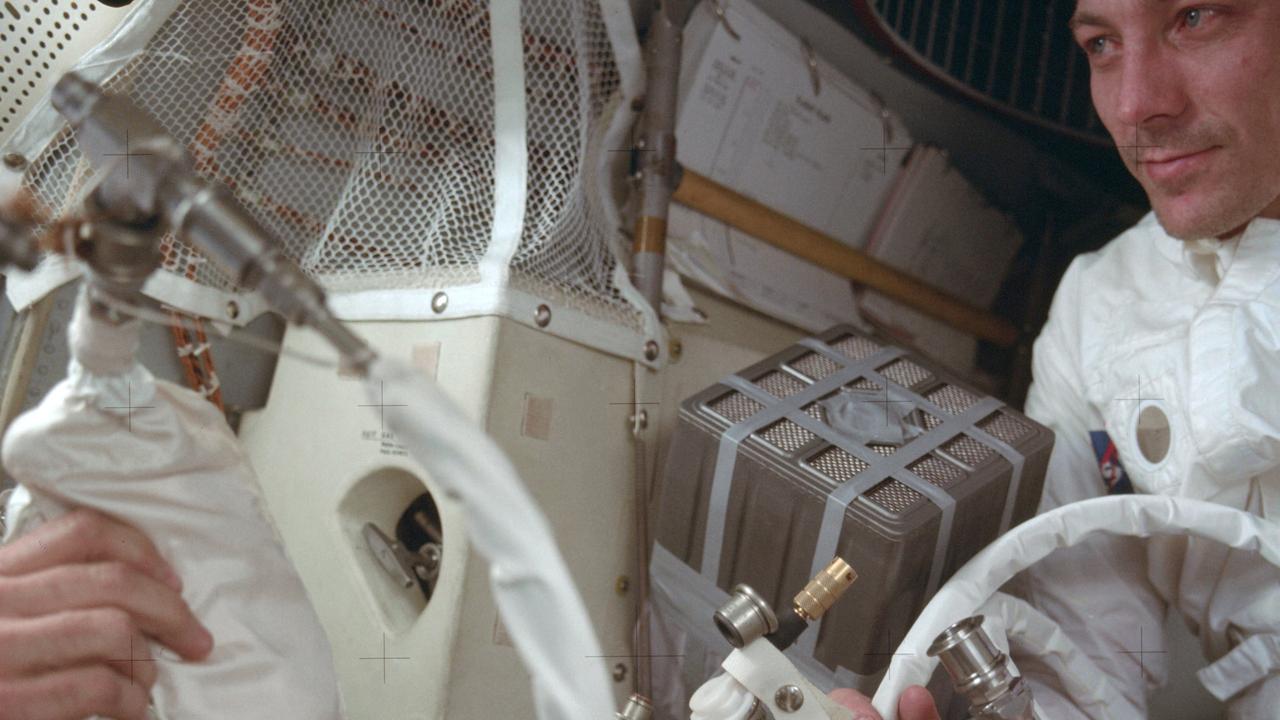
Their outside-the-box, seat-of-the-pants solution, using spacecraft scraps, worked.
But it was so damp and cold that the astronauts couldn’t sleep.
Condensation covered the walls and windows, and the temperature was close to freezing.
Despite the stress, Haise recalls no cross words among the three test pilots.
Splashdown day finally arrived April 17, 1970 – with no guarantees.
The astronauts managed to power up their command module, avoiding short circuits as the spacecraft decelerated* in the atmosphere.
The communication blackout lasted one-and-a-half minutes longer than normal. Controllers grew alarmed.
Finally, three billowing parachutes appeared above the Pacific Ocean.
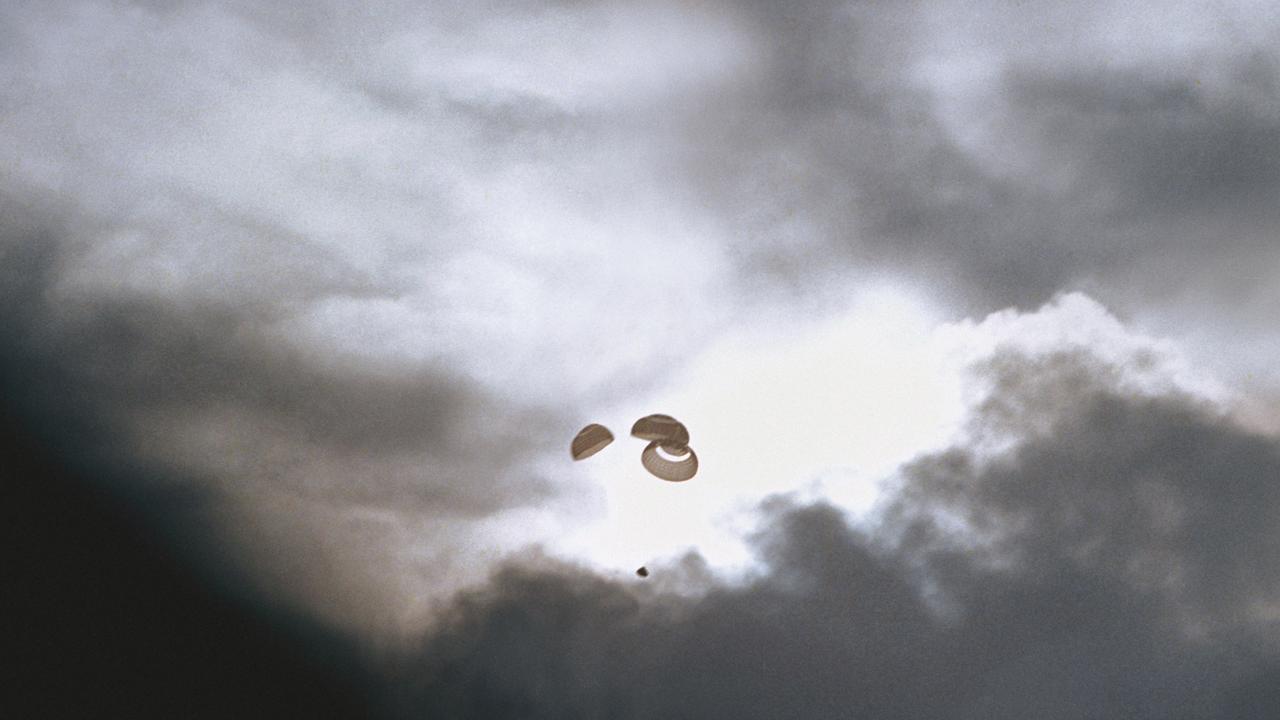
It was only then, Lovell said, that “we knew that we had it made”.
The astronauts had no idea how much their experience impacted the world until they reached Honolulu in Hawaii, US.
Then US President Richard Nixon was there to greet them.
“We never dreamt a billion people were following us on television and radio, and reading about us in banner headlines of every newspaper published,” Lovell said.
Apollo 13 “showed teamwork, camaraderie* and what NASA was really made of”, said Columbia University’s Mike Massimino, a former shuttle astronaut.
GLOSSARY
ruptured: broken or burst suddenly
superstitious: believe in luck and supernatural forces
miraculous: happening because of a miracle or as though there has been a miracle
ingenuity: quality of being clever and creative at solving problems
voltage: what makes electrical charge move
void: space, emptiness
divine: by a higher being, such as a god
humdrum: boring, everyday
decelerated: slowed down
camaraderie: trust and friendship between people who spend a lot of time working together
EXTRA READING
Lift off! Life on board during the journey to the Moon
Herd of Earth’s toughest animals left on Moon
The Moon, it’s history and impact on our lives
The Eagle has landed … and man walks on the Moon
QUICK QUIZ
What was the name of the mission and where was it going?
How old are the remaining two astronauts now?
What was it like in the lunar module Aquarius after the accident?
How did they get into the Pacific Ocean?
Who was waiting for them in Hawaii?
LISTEN TO THIS STORY
CLASSROOM ACTIVITIES
1. Apollo 13 S.W.O.T Analysis
The Apollo 13 mission was described in the Kids News article as “NASA Mission Control’s finest achievement”. Even though they didn’t achieve their original objective of landing on the moon, they survived what could’ve been a life-ending catastrophe.
After reading the article, divide a page into a table with four columns, labelling the columns Strengths, Weaknesses, Opportunities and Threats. Complete the table for the entire Apollo 13 Mission.
Time: allow 15 minutes to complete this activity
Curriculum Links: English, Science, Critical and creative thinking
2. Extension
“Houston, we’ve had a problem,” is a well-known quote from the Apollo 13 movie, and that people use in real-life, which came from the audio of the original Apollo 13 mission.
Work with a friend and write some of the contexts that you could use this well-known phrase. For example - If your bike tyre gets a puncture when you’re out on a long bike ride.
Time: allow 10 minutes to complete this activity
Curriculum Links: English, Personal and social, Critical and creative thinking
VCOP ACTIVITY
Connective Collection
After reading the article, with a partner, highlight as many connectives as you can find in pink. Discuss if these are being used as conjunctions, or to join ideas and create flow.
HAVE YOUR SAY: Which space mission are you most interested in?
No one-word answers. Use full sentences to explain your thinking. No comments will be published until approved by editors.

